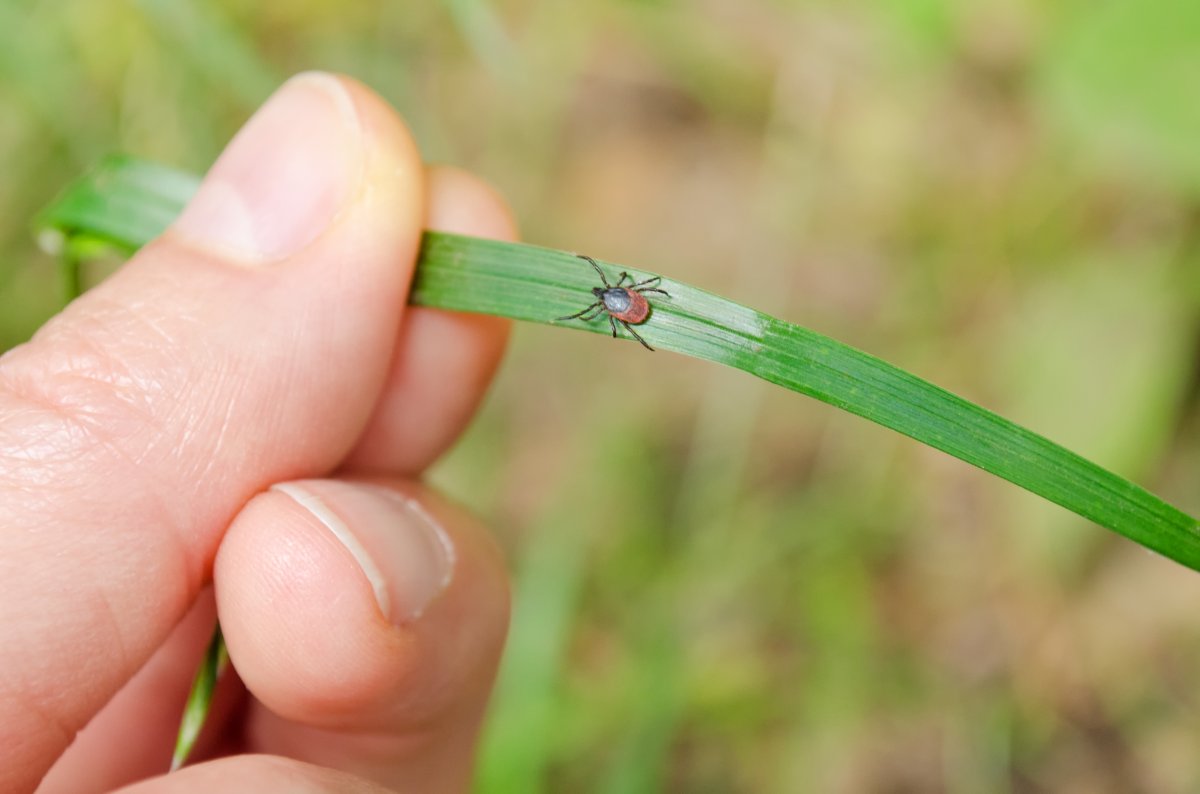

We may earn revenue from the products available on this page and participate in affiliate programs. Learn More ›
Summer is the thick of tick season. If you spend a lot of time outdoors during the warmer months, whether it’s in the backwoods or the backyard, you’ve probably taken your precautions. It turns out those precautions may be more important than ever, with tick populations not just exploding, but migrating. We’ll tell you what you need to know to protect yourself and your loved ones. Also in today’s news digest: hurricane season’s false start, the year’s first heat wave, and IKEA’s surprise closings.
Scientists Warn of Exploding—And Fast-Traveling—Tick Populations
If you’ve noticed an uptick in, well, ticks, you’re not alone. More and more individuals across the country, even as far north as beyond the Canadian border, have reported sightings. According to the New York Times, at least four types of ticks haven’t just been multiplying at alarming rates, but they’re also going beyond the limits of their typical preferred habitats. Deer ticks are expanding north; the longhorned tick is expanding westward from the East Coast; Gulf Coast ticks are expanding into more northern territory; and the lone star tick is similarly making the large leap from the South to the north, and have been found as far north as Canada.
That’s not the entire story. Ticks aren’t just moving into new areas. They’re also now staying active for a much longer period. In some places, if they stopped searching for someone or something to bite in the fall, they’re now only slowing down in the winter.
Scientists say that climate change is the primary driver of these pest trends. As the Earth warms, many places that were previously less hospitable to ticks are warming to the degree that they are now viable habitats. Their typical habitats are also getting warmer, so they can stay active for longer.
So what can you do about ticks? The best course of action is prevention. Tick bites can cause severe illness when the tick isn’t removed and the bite isn’t treated. Lyme disease, anaplasmosis, babesiosis, ehrlichiosis, Rocky Mountain spotted fever, and alpha-gal syndrome (an allergy to red meat) can all be caused by ticks—and cases of these illnesses have, alarmingly, been rising in recent years. Wearing long pants and long sleeves, and tucking your pants into your socks or boots and your shirt into your pants can significantly reduce your chances of a tick bite. Using tick repellents containing DEET can also be effective. Even the plants you grow can help deter ticks in your yard. Remember: Ticks can be present nearly anywhere, and are just as likely to be found in parks and in your backyard as they are in wooded areas.
Your Weekly Home News Roundup
Hurricane season seems to have gotten off to a false start. Hurricane season officially started in June, and with a very busy season predicted, it comes as a shock to many that there hasn’t been a single hurricane throughout the month (so far). But experts say that this is very typical: in June, the Atlantic isn’t usually warm enough to create favorable conditions for a hurricane. And though this has been one of the slowest starts to the Atlantic hurricane season in 20 years, hurricanes are churning off the West Coast, in the Pacific.
We didn’t have to wait long after the first day of summer to experience the first heat wave of the season. Eastern and Central United States are being hit with a multi-day stretch of record-setting temperatures, possibly reaching 100 degrees or more. Factor in the humidity, and temperatures can feel much higher. If you’re experiencing this heat wave, try these tricks to stay cool. And if you don’t have an AC, try these hacks for cooling your home.
IKEA, the build-it-yourself furniture store, closed three of its stores. The closings didn’t affect warehouses, but the brand’s newer concept, Plan & Order Point. Plan & Order Point stores are smaller-scale locations where customers can plan their future purchases, but don’t walk out with purchases in hand. Two of the closed stores were in the United Kingdom; the third was in Long Beach, California.
